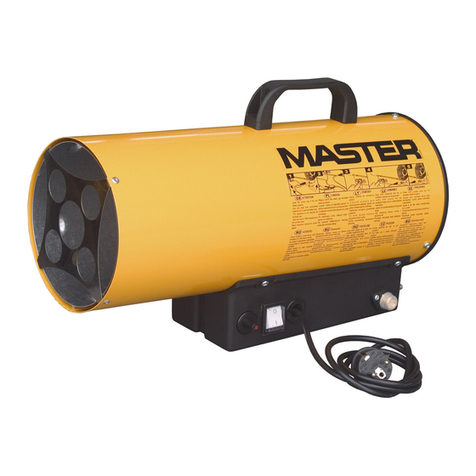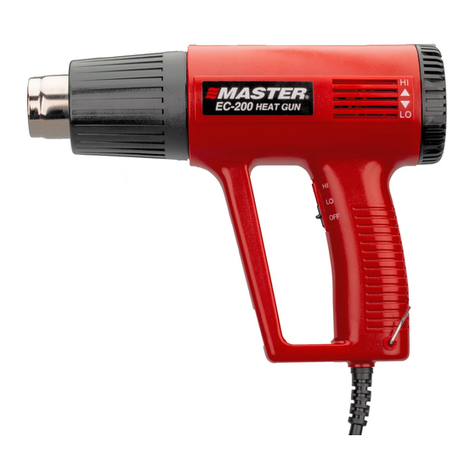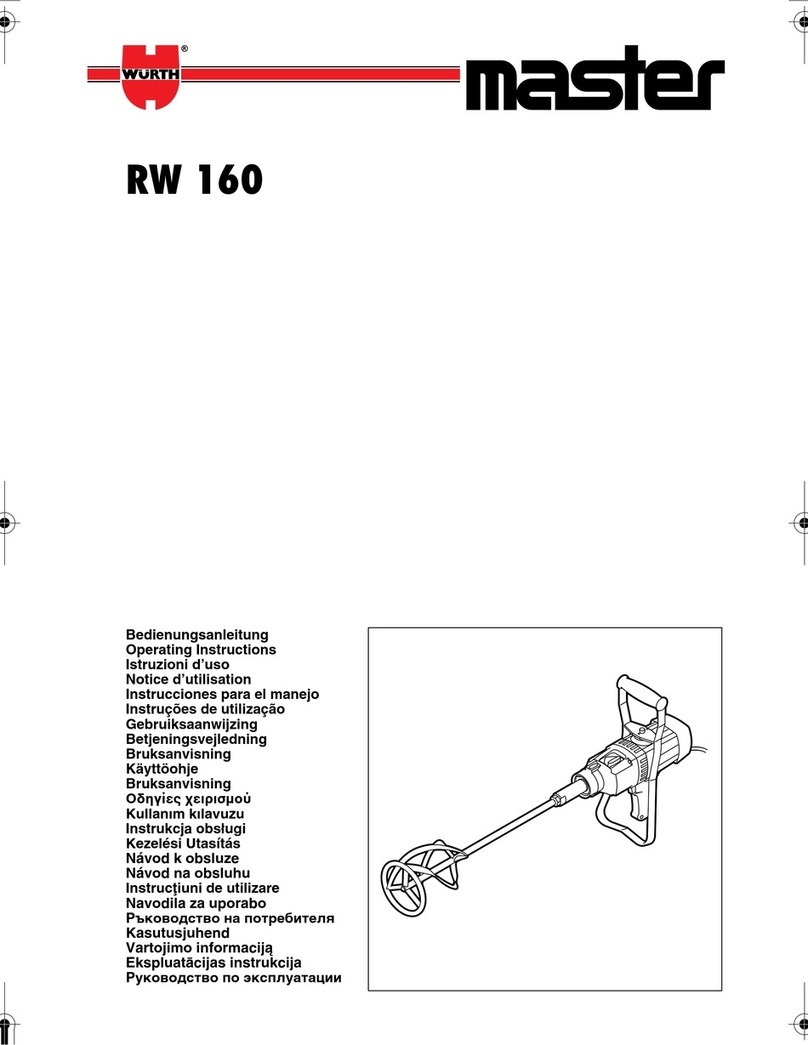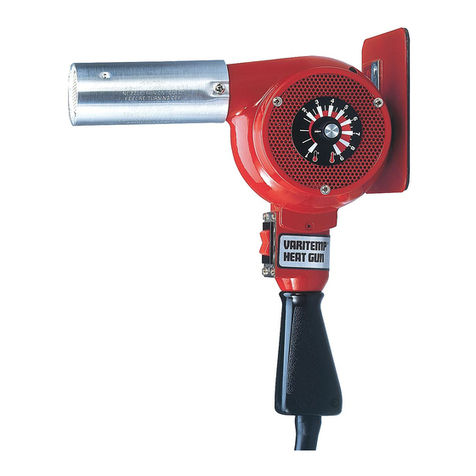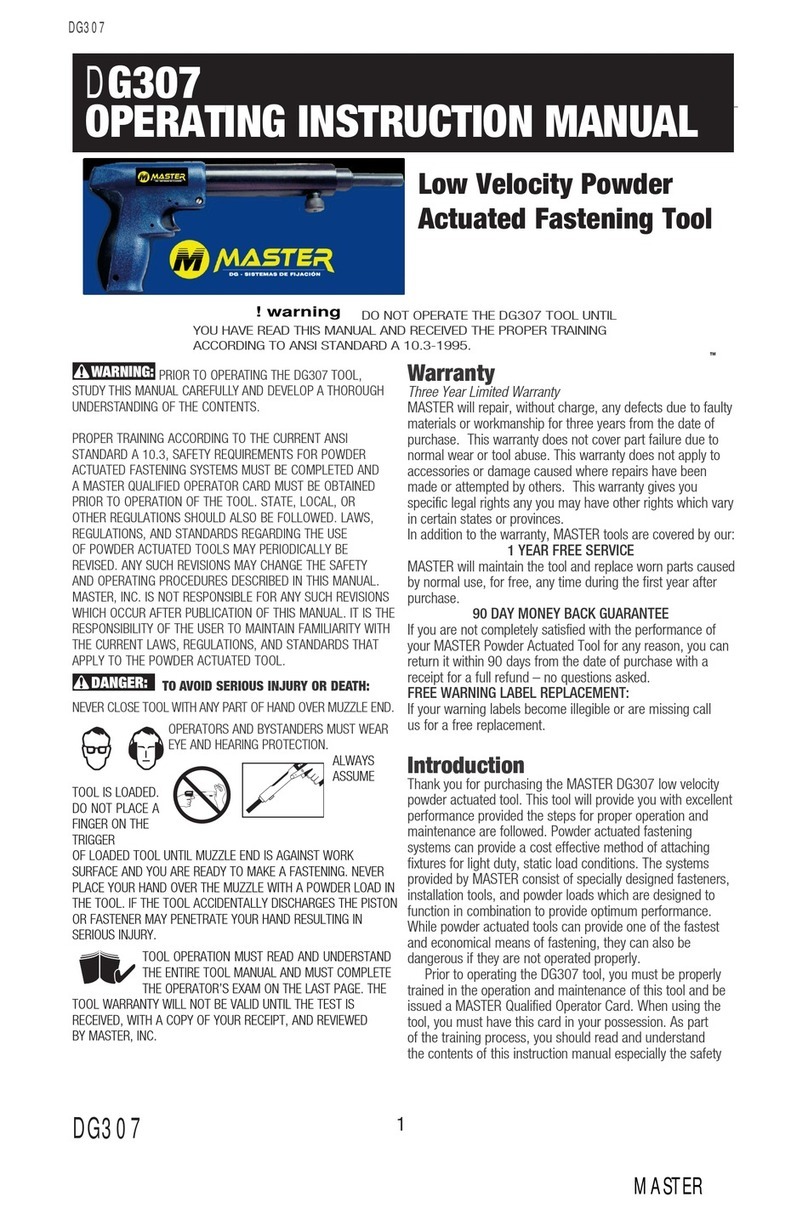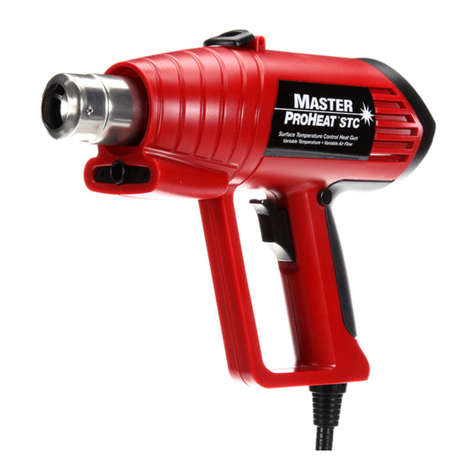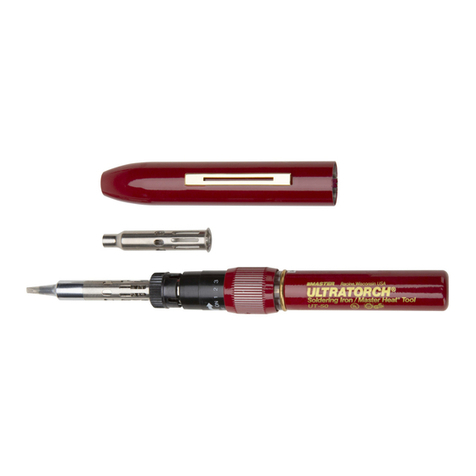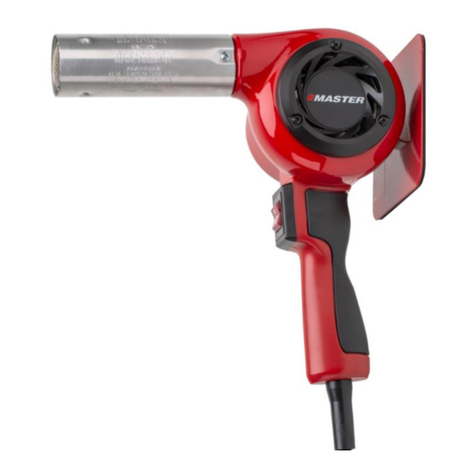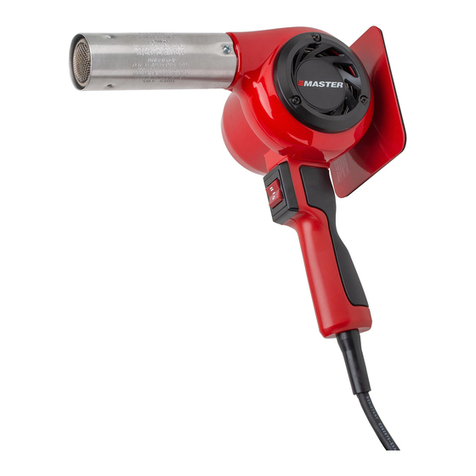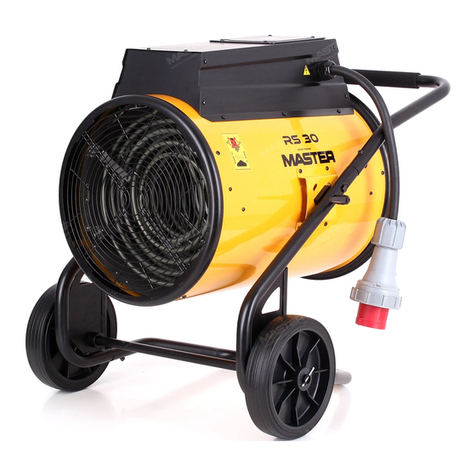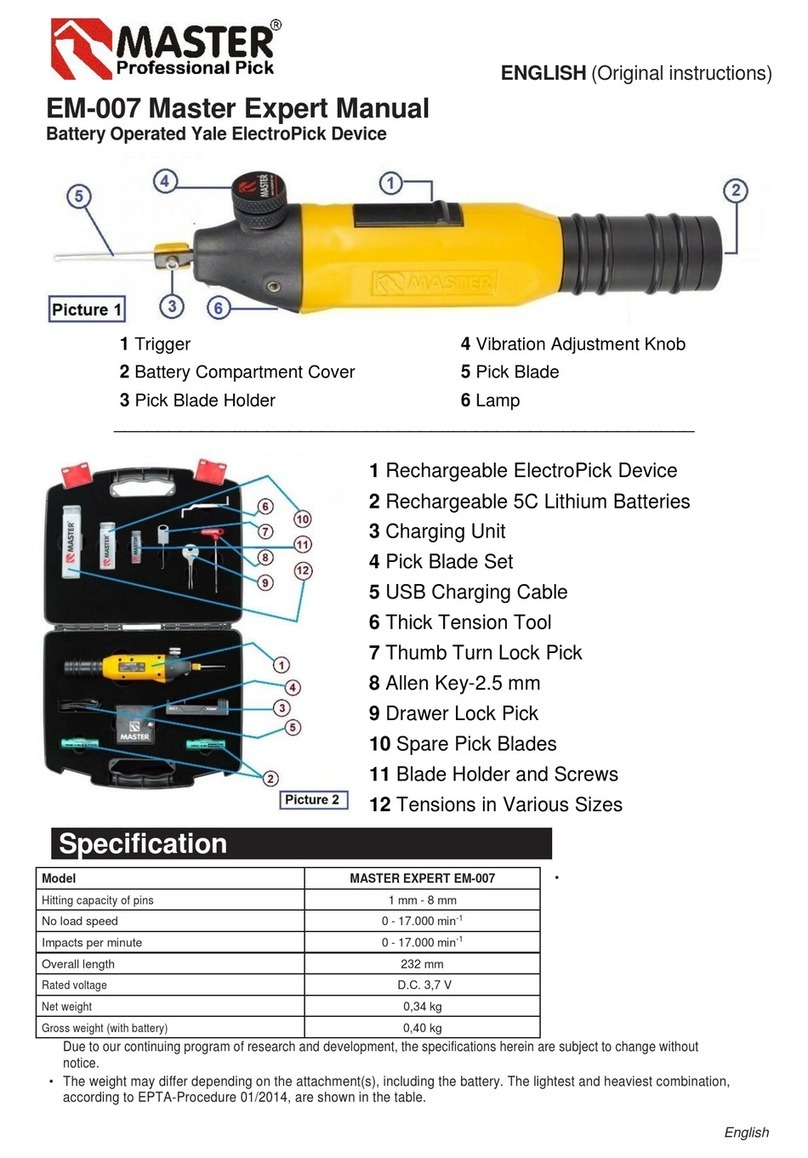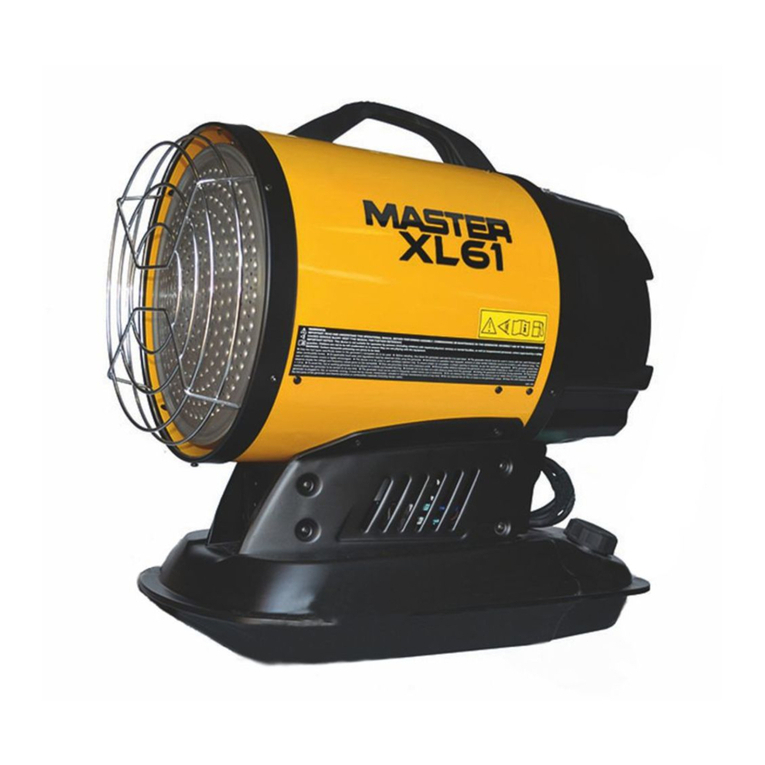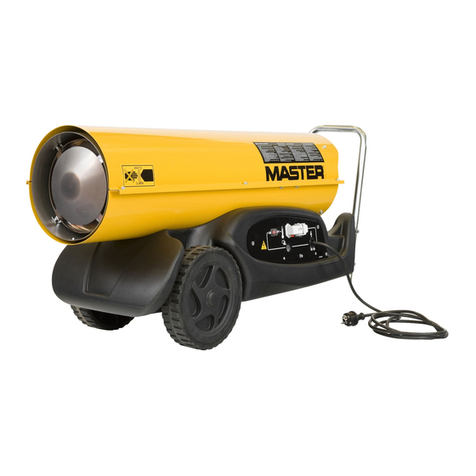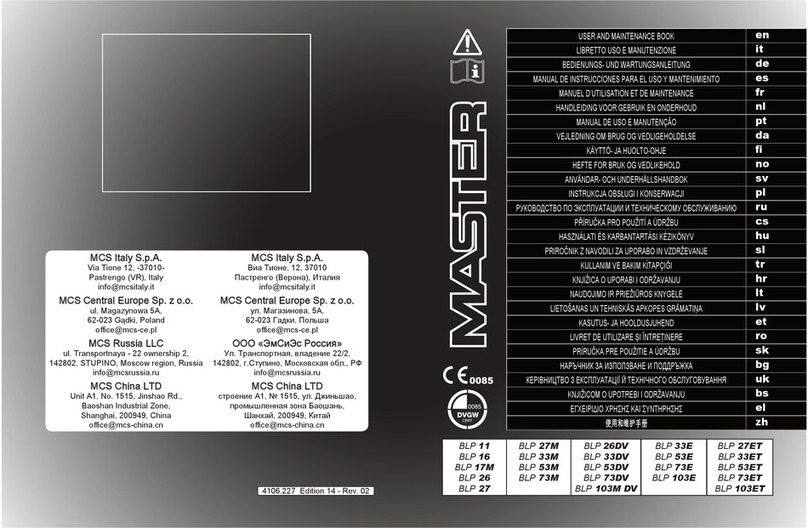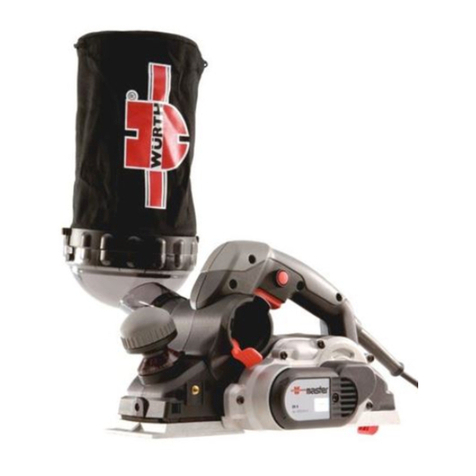
IT
GB
DE
ES
FR
NL
PT
DK
FI
NO
SE
PL
RU
CZ
HU
SI
TR
HR
LT
LV
EE
RO
SK
BG
GR
CN
►IMPORTANTE: Tutte le operazioni
di pulizia, manutenzione e riparazione
che prevedano l’accesso a parti
pericolose (come la sostituzione del
cavo di alimentazione danneggiato)
devono essere svolte dal costruttore,
dal suo servizio di assistenza tecnica,
da una persona con qualifica similare,
in modo da prevenire ogni rischio,
anche se è prevista la disconnessione
dalla rete di alimentazione.
►2.1.Per un corretto uso del generatore
e per la conservazione del combustibile,
attenersi a tutte le ordinanze locali ed alla
normativa vigente.
►2.2.Il generatore necessita per il
funzionamento di un adeguato ricambio di
aria. Pertanto esso va impiegato all’aperto
o in stanze con ricambio d’aria assicurato
e continuo. Una buona aerazione è
assicurata quando il volume della stanza
è calcolato sulla potenza termica, con la
formula di 1 m³ ogni 100 W di potenza.
In nessun caso il volume raccomandato
della stanza deve essere minore di 100
m³. Una buona ventilazione è garantita
da un’apertura che soddisfila formula di
25 cm² per kW di potenza termica, con
un minimo di 250 cm², equamente diviso
tra parte superiore e parte inferiore della
stanza. Per l’installazione, valgono le
norme nazionali vigenti, incluse le norme
tecniche e le disposizioni in materia
antinfortunistica e di prevenzione degli
incendi.
►2.3.L’apparecchio deve essere usato
solamente come generatore d’aria calda
(modalità riscaldamento), o ventilatore
(modalità ventilazione, per i modelli che
prevedono questa funzionalità). Per l’uti-
lizzo seguire scrupolosamente le presenti
istruzioni.
►2.4.Il costruttore declina ogni responsa-
bilità per danni a cose e/o persone deri-
vanti dall’uso improprio dell’apparecchio.
►2.5.Alimentare il generatore solamente
con il tipo di combustibile espressamente
specificato e con corrente avente ten-
sione e frequenza indicate sulla targhetta
dati applicata sul generatore.
►2.6.Assicurarsi di collegare il genera-
tore solo a reti elettriche opportunamen-
te dotate di interruttore differenziale e di
adeguata messa a terra.
►2.7.Usare solamente prolunghe di ade-
guata sezione, con filo di messa a terra.
►2.8.Il generatore deve funzionare su
una superficie livellata, stabile e ignifuga,
in modo da evitare rischi di incendio.
►2.9.È assolutamente vietato usare l’ap-
parecchio in locali seminterrati o sotto il
livello del suolo.
►2.10.Il generatore non deve essere
usato in locali in cui sono presenti polveri
esplosive, fumi, gas, combustibili, solven-
ti, vernici.
►2.11.Qualora il generatore sia utilizzato
in prossimità di teloni, tende o materiali
simili di copertura, si consiglia di usare
protezioni aggiuntive di tipo ignifugo. Ave-
re cura di mantenere una distanza ade-
guata, che in nessun caso deve essere
inferiore a 2,5 m da materiali infiamma-
bili (stoffa, carta, legno, ecc.) o termolabili
(compreso il cavo di alimentazione), dalle
parti calde del generatore.
►2.12.Posizionare la bombola gas in po-
sizione protetta, dietro l’apparecchio (Fig.
1). Il generatore non deve mai essere
orientato verso la bombola del gas (Fig.
2).
►2.13.Per qualsiasi motivo è vietato
ostruire completamente, o parzialmen-
te, la presa d’aria (lato posteriore) e/o la
bocca d’uscita aria (lato anteriore) (Fig.
3). Evitare di utilizzare qualsiasi canaliz-
zazione aria dal/al generatore. Assicurar-
si che non vengano ostruite le feritoie di
aspirazione aria presenti sul fondo della
base (per i modelli che adottano questa
soluzione).
